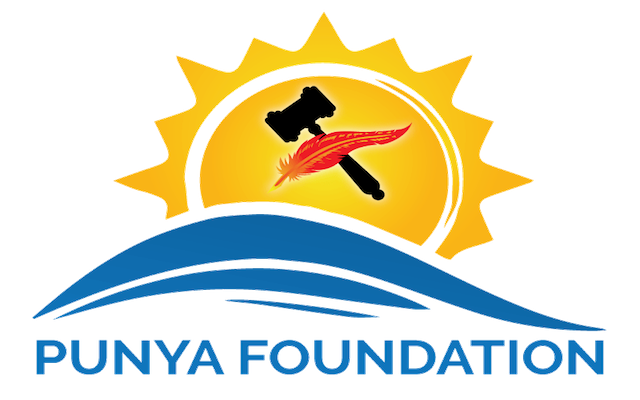By Thakur Amgai, Kathmandu Nepal (for detail report, click here)
 BACKGROUND: On June 27, 2011 a Tuin connecting Charaudi of Dhading District and Dhabadighat in Ghyalchok VDC of Gorkha district fell into Trishuli from which six persons among ten aboard fell into the river. A 13-year-old boy swam to safety, but five others were swept away by the river. The five persons – four male and a female – who perished in the poignant accident were breadwinners of five different families. Their demise bereaved five families with eighteen school going children. The children are now left to fend for themselves.
BACKGROUND: On June 27, 2011 a Tuin connecting Charaudi of Dhading District and Dhabadighat in Ghyalchok VDC of Gorkha district fell into Trishuli from which six persons among ten aboard fell into the river. A 13-year-old boy swam to safety, but five others were swept away by the river. The five persons – four male and a female – who perished in the poignant accident were breadwinners of five different families. Their demise bereaved five families with eighteen school going children. The children are now left to fend for themselves.
Free Education: policy and practice: The Government of Nepal has declared Free Education up to secondary level. However, the Free Education policy is only in paper and is hardly implemented in practice. The implementation of the Free Education policy has been hindered in two ways. First, although schools are not allowed to raise fees under any heading, they continue to do so. The schools are not given enough teachers and enough fund for overhead costs. Thus the schools are forced to raise money from the children under different headings although they don’t charge the tuition fee. Second, other costs attributed to a child’s education such as uniform and stationery are not addressed by the Free Education Policy. Even today many students are forced to drop school because they cannot afford to buy stationery and uniform to wear.
Role of parents: Free Education or not, children are reasonably well looked after, when they have earning parents. This privilege is lost when one or both parents die. The child will be deprived equally whether she/he loses father or mother. In the context of a typical Nepali family, father is usually the breadwinner of the family, but the mother keeps the house in order. So usually, losing a father implies lack of income in the family and losing a mother implies disorder in the house. Without both parents to look after, a child runs the risk of dropping out of school and choosing odd jobs before completing education. The lack of education will impact the individual’s life, and it produces ripple effects in the family, the community and the nation as a whole and the vicious cycle continues to the next generation.
RELIEF PROGRAM: Partially, with a view to support children’s education, Punya Foundation coordinated a relief collection drive. With support from NRN Netherlands and Nepal Development Academy, the Foundation collected AUD 595 (NPR 47,874) for the relief. With the money collected the Foundation bought and distributed clothing and educational materials for relief to the victims of the Ghyalchok Tuin Mishap. Seventeen* children who lost a parent in the accident were distributed warm clothing and some stationery sufficient for the remaining period of the academic year.
Distribution function: A modest social function was organised in the premises of VDC office, Ghyalchok on December 24, 2011. Local Bhimsensthan Youth facilitated the organization of the function. The principals of all schools in the VDC, representatives of all political parties and other dignitaries in the VDC attended the function. All the victims of the Tuin Mishap were invited in the function. The relief materials, purchased in Kathmandu, were transported to Ghyalchok and then distributed to the victims.
Beneficiary/community response: The relief distribution effort was well received by the beneficiaries as well as the local people. After the distribution, the beneficiaries said they were very happy to receive the relief, that it would now help them concentrate better in their studies and most importantly they said, knowing that there were people who cared for them had helped them to heal the tragedy. They further said, their almost lost hope of completing education had now been revived.
The villagers and the guests who expressed their views during the function were also very appreciative. They admired the efforts of Punya Foundation and the supporting organisations NRN Netherlands and Nepal Development Academy and expressed their gratitude on behalf of the village for the relief.
Media coverage: Two community radio stations of Gorkha, and some national radio and TV channels covered the news of relief distribution. National broadsheet Kantipur daily and a vernacular tabloid of Gorkha also published the news about the relief distribution.
FINANCIAL SUMMARY: The total budget for the programme was AUD 595/- (Equivalent to NPR 47,874.36)
FOLLOW UP: The principals, class teachers and the subject teachers of the beneficiary students have been asked to provide comparative progress reports of the beneficiary students. The comparative progress report is expected to judge the impact of the relief distribution in the performance of the students.
CONCLUSION: Overall the programme was a huge success and very encouraging. It was able to meet the set goals and achieved the outcomes. The victims have benefitted and are very happy with the initiative and have pinned hope for long-term support. Seeing the enthusiasm of the students and the community, the organizers recommended for the continuity of the relief programme in the coming years so that the children of marginalised and vulnerable families will be able to complete the secondary level education properly.
